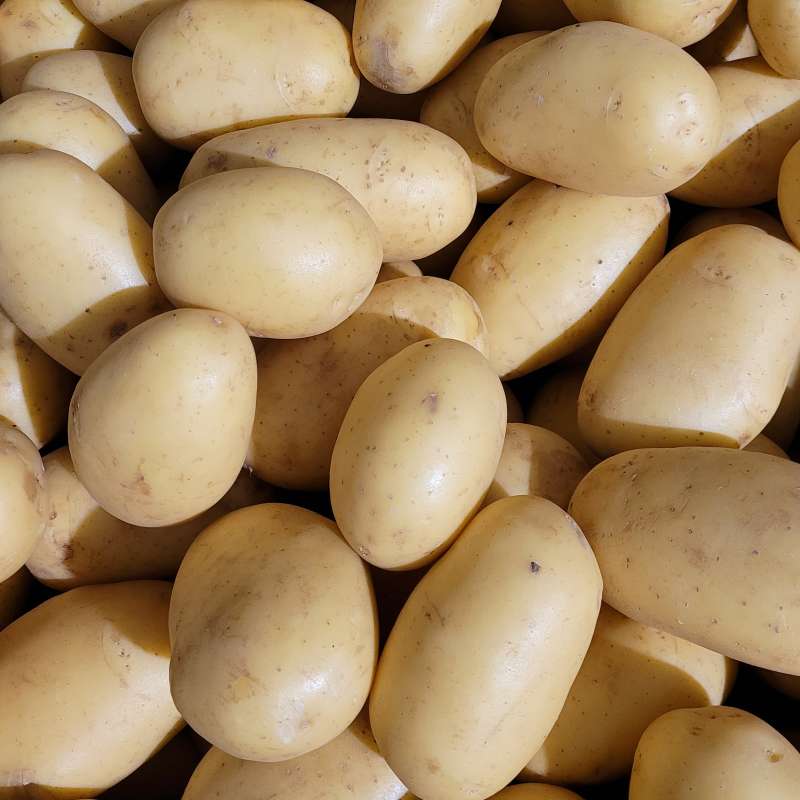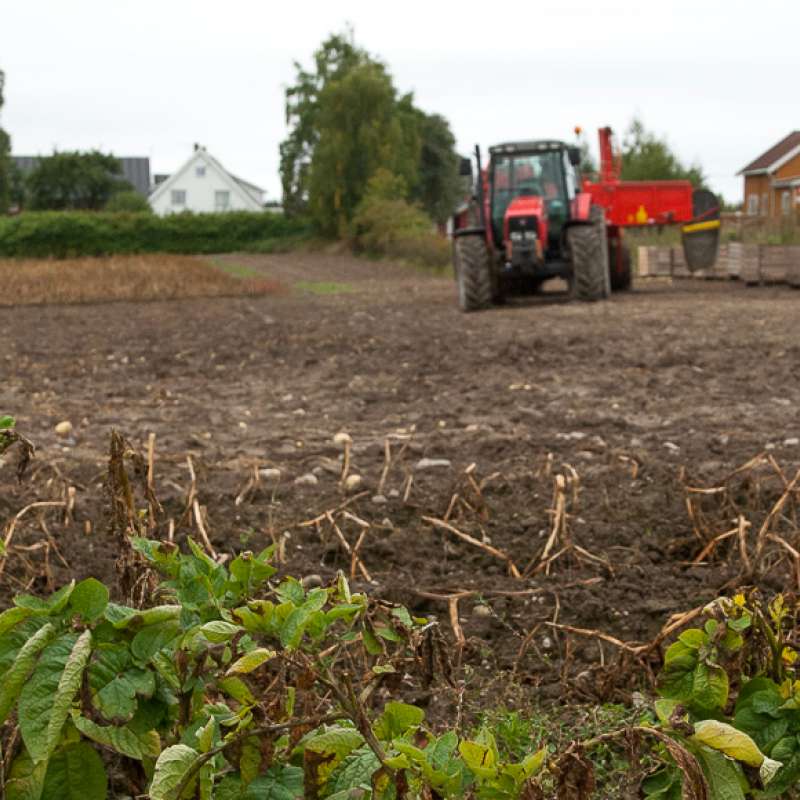Eldrid Lein Molteberg
Research Scientist
(+47) 404 82 799
eldrid.lein.molteberg@nibio.no
Place
Apelsvoll
Visiting address
Nylinna 226, 2849 Kapp
Abstract
No abstract has been registered
Abstract
No abstract has been registered
Abstract
No abstract has been registered

Division of Food Production and Society
TEKNOPOTET – New technology for increased precision in production and storage of small-sized potatoes
The aim of project is to combine new tehnologies and knowledge about physiological status of potatoes to increase the precision of growing and storing of small-sized potatoes.

Division of Biotechnology and Plant Health
SOLUTIONS: New solutions for potato canopy desiccation, control of weeds and runners in field strawberries & weed control in apple orchards
Efficient measures for weed control and similar challenges are vital to avoid crop loss in agriculture. National supply of food, feed and other agricultural products depends on each farmer’s success managing their fields and orchards. The recent loss of the herbicide diquat, and the potential ban on glyphosate, - both important tools for farmers -, raise a demand for new measures for vegetation control. Efficient alternatives to herbicides are also important tools in Integrated Pest Management (IPM). Norwegian growers need to document compliance to IPM since 2015 to ensure minimum hazards to health and environment from pesticide use.
